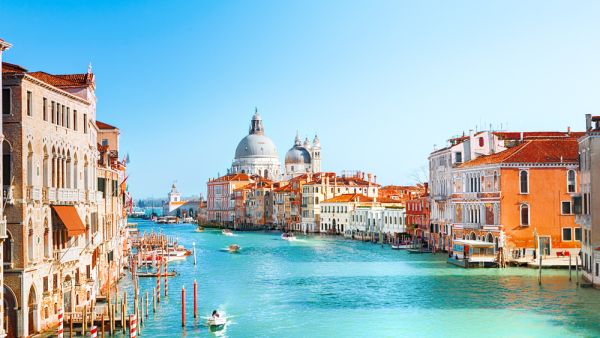ALBAWABA - Between October and January each year, the city’s main concern is usually flooding.
Every year for a few days, the water level rises and covers the low parts of Venice, like Saint Mark’s Square.
But now, several weeks of a dry winter weather made it impossible for gondolas, water taxis and ambulances to navigate.
?| NEW: Pictures show grounded gondolas and miserable tourists in Venice as canals run dry due to drought and low tide‼️ pic.twitter.com/by2K1lQwSJ
— Pubity (@PubityIG) February 21, 2023
Severely low water levels meant that some of Venice’s inner canals did not have enough water for boats to operate, but the city’s Grand Canal and other main waterways like the Guidecca Canal remained navigable.
This winter, the Alps have gotten 53 percent less snow than normal, and Northern Italy’s Po River has 61 percent less water, according to environmental group Legambiente.
Venice's iconic canals are running dry, making it impossible for the city's famous gondolas and water taxis to navigate the waterways
— BBC News (World) (@BBCWorld) February 23, 2023
But why is this happening in a city usually more concerned with flooding?
More ➡ https://t.co/vm175VLiFipic.twitter.com/H1N8tTymZh
The lack of rain, a high-pressure system, a full moon and sea currents are contributing to Venice’s unusually low tides currently.
prolonged low tide just drying up venice rn this is wild ? pic.twitter.com/y3kvRJi59s
— gramatik.eth (@Gramatik) February 22, 2023
Venice, a designated UNESCO World Heritage site comprised of 118 tiny islands linked by canals and bridges, was built in the 5th Century.
The Grand Canal is the main route through the city.







